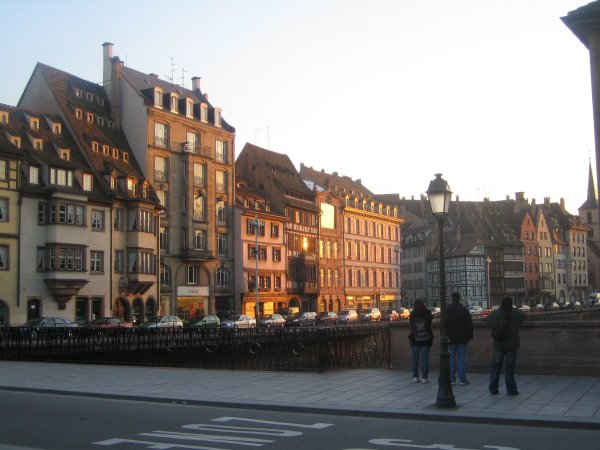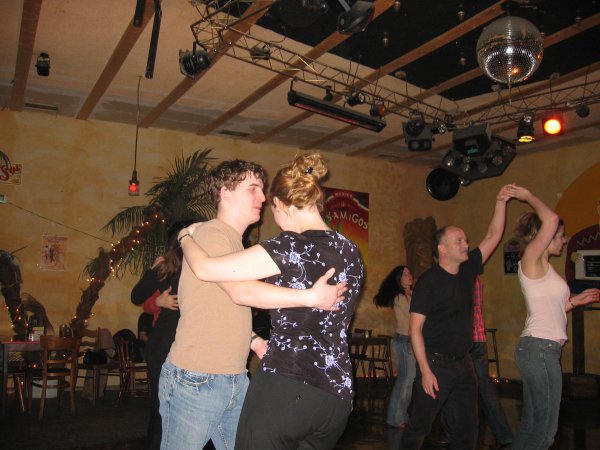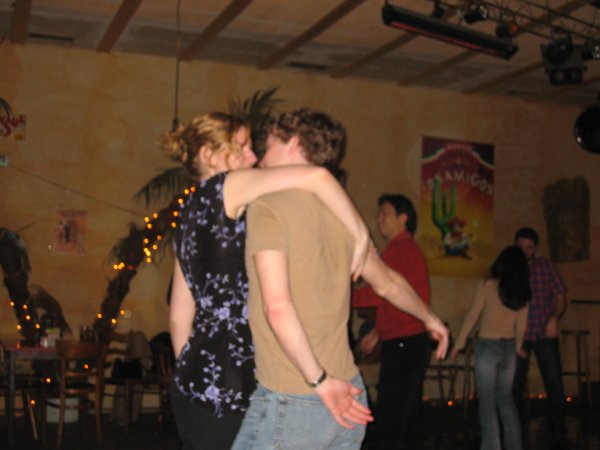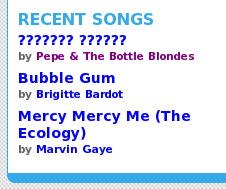Recently, the US House of Representatives rejected
Net Neutrality.
I’m not going to go on about the dangers of this, because
there are already plenty of good resources on the web that
cover that. Instead, I’m going to talk about the
the free
market, and why it doesn’t apply here. From the linked-to
post:
Good thing this idiocy was rejected. Let the market decide. That works every time it’s tried.
The would be a fine sentiment in a true free market, but we
don’t have one of those. To explain why, I want to talk a bit
about smoking.
Smoking Market
Recently, the twin cities of Champaign and Urbana, IL, passed
an ordinance to
ban
smoking in pretty much all indoor public establishments.
Among other effects, this will shut down the two hookah bars
in town, which were not exempted.
Now, if there are really a sufficient number of non-smokers
(or even smokers who like smoke-free bars, like me), then market
forces should be able to handle this. There were a lot
of people behind the C-U
Smokefree Alliance. Not a majority by any means, but a lot.
Enough people that, if all of the vocal members were to regularly
patronize non-smoking bars, their business could support at least
three bars that are voluntarily smoke-free.
In Champaign/Urbana right now, there are very few restaurants
that allow smoking. This is without a ban. Restaurants have become
smoke-free because the market has demanded it. Travel back to the
70s and early 80s and look at the coffee house phenomenon. You
couldn’t find a smoke-free coffee house in those days. Today,
there is exactly one (to my knowledge) coffee house in
Champaign/Urbana that allows smoking, leaving at least 20 or so
that don’t. No laws, just the market at work for you.
Tollopoly
Last Fall, I was driving up I-294 to visit my girlfriend Silke
in the Chicago area. I-294 is a toll road, and at the time, they
had massive construction going on to implement the new Open
Road Tolling. I waited over half an hour to pay a toll, because
there were no automatic lanes anymore, and they only had two manual
lanes open.
I asked the toll booth attendant why they hadn’t left a couple
of automatic lanes open. Sure, that’s not her job, and my voice
probably had an annoyed edge to it. But she told me to “shut the
fuck up”. Seriously. If she were a waitress at a restaurant,
I can guarantee that restaurant would never see my dollar again.
But it wasn’t a restaurant. It was a toll booth on the only
road that could get me where I wanted to be in a reasonable amount
of time, even with the congestion. Two weeks later, when I went
to see Silke again, I took the same road, and went through the
same toll booth. The invisible hand of the free market was
nowhere to be found.
Back to Net Neutrality
Net Neutrality is, to be sure, the government interfering with
the market for the benefit of the consumer. But when people argue
against government interference, they seem to fail to realize how
much the government already interferes for the benefit of
business. Four salient points:
- Publically-traded corporations exist only because
we’ve defined them to exist, and we’ve set up laws to make them
legally-recognized entities. They are all in the exact same
business: selling money to their shareholders. They can outgrow
and outlive their founders and founding vision in ways that no
private company could ever do.
- Copyrights grant all sorts of monopoly powers on various
types of content. Acts like the DMCA have turned copyrights from
a pretty good idea (limited monopoly so that more works will end
up in the public domain) into a pretty bad one (not-so-limited
monopoly with protections to ensure that the works can never be
effectively used once they are in the public domain). Ouch.
- Patents have a bad habit of preventing entry to the
market, even though the original intent was to help innovative
people get into a saturated market. These days, they’re mostly
used to enforce oligopolies.
- Trademarks create strong brand recognition. And brand
recognition does not belong in a pure free market. Your local
farmer’s market is a pure free market. The produce is competing
on quality and price alone. The clothing stores at the mall aren’t
quite so pure. In fact, effective advertising often creates the
market trends, rather than the market dictating the products.
I am not saying we should abolish all of these things. I can’t
even imagine a modern world without publically-traded corporations,
for instance. What I am saying is that, as long as the government
interferes with the market to benefit business, it must also
interfere to benefit consumers. We need balance.
In the case of broadband Internet providers, we absolutely do
not have a free market. Most areas are served by no more than
three or four broadband providers, and many areas see an absolute
monopoly. Telcos and cable companies are granted, by the government,
the right to dig in my back yard to lay infrastructure. That’s a
pretty strong market advantage.
The free market is not going to fix this, exactly because the
government has interfered on the side of big business. We need
consumer protection laws. We need balance.







